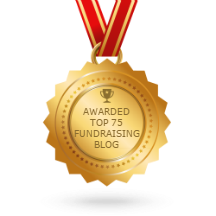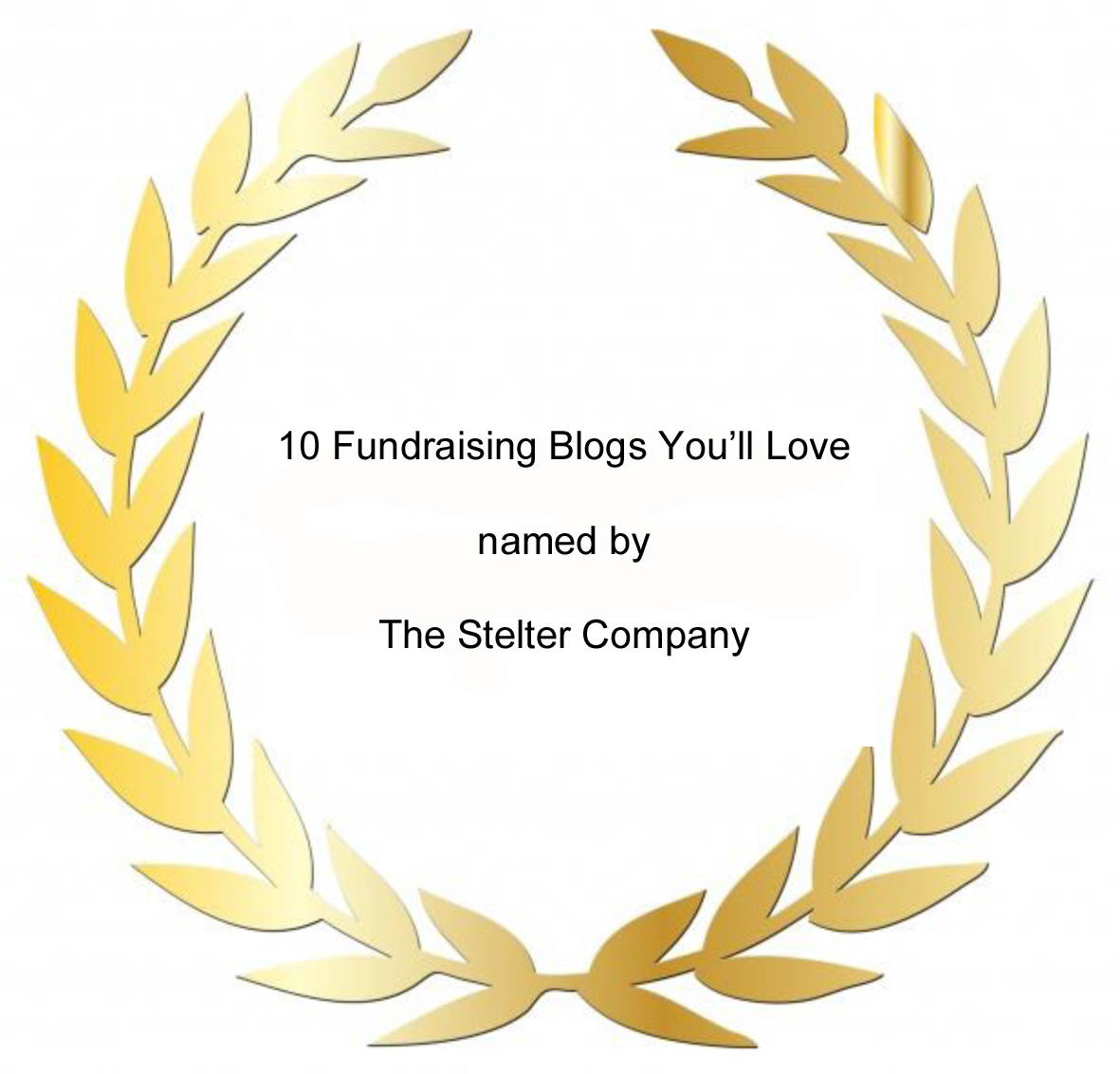Edward Snowden became a worldwide “celebrity” when he leaked classified information about the US National Security Agency’s spying programs.
In the process, Snowden’s revelations have fueled discussions around the globe about privacy and access to information.
The Economist recently published a chart by the Boston Consulting Group that looks at how people around the world feel about the privacy of different types of information:
As you can see from the above chart, people around the world, particularly in the West, value their privacy. For example, the vast majority of Americans consider financial data and information about children to be “moderately or very private.”
That might explain why alumni from New York’s prestigious Dalton School were upset when volunteer solicitors were given information about the children of fundraising prospects. Specifically, solicitors were told about the children of prospects who had applied for admission to the School but who were rejected.
An alumna who had previously donated to the School described the situation to The New York Times as “horrible.” That’s the last thing you want someone to feel about your development program. It’s the last thing you want someone to say about your organization to a reporter.
The head of Dalton issued a public apology and a promise to do better.
It’s easy to understand the tension that exists between nonprofit organizations and their donor prospects. Organizations want to gather as much useful information as possible, and they want their professional and volunteer solicitors to know a great deal about the people they will approach in order to maximize success. However, this posture is often at odds with prospects who want and expect what they consider their personal information to remain private.
Charities face two issues when it comes to prospect research and privacy:
1. What information is acceptable to collect?
2. Who should have access to prospect/donor information?
Organizations should have a policy about what information it will gather and what sources it deems appropriate. It’s not enough to say that all public, legally available information is fair game. For example, divorce records, which are often public information, can contain a great deal of material about a prospect’s family and assets. However, just because it might be legal to review such information, should your organization’s staff be permitted to do so?
The Code of Ethical Principles and Standards of the Association of Fundraising Professionals requires development professionals to respect the privacy of prospects and donors. In addition, the Code demands that fundraisers protect the confidentiality of all privileged information.
The Statement of Ethics from the Association of Professional Researchers in Advancement provides guidelines to nonprofit organizations including the statement:
They shall only record data that is appropriate to the fundraising process and protect the confidentiality of all personal information at all times.”
Organizations must have policies and systems to ensure that all collected data, notes, correspondence, and giving histories are kept private. Only those who require access to the data to perform their jobs should have access to the information.
In addition, organizations should only collect and store information that is essential and that has been collected from legal and acceptable sources.
So, how can you know what is acceptable? It’s not an easy question. However, here are two questions that can help guide you:
1. If a prospect or donor asks to see his file, will he feel violated by what he finds in it?
2. If a prospect or donor discovers what information you have shared with a solicitor, will she feel compromised?
In other words, you should be donor centered. Think of how your prospect or donor feels about how you collect information, what data you gather, and to whom you disseminate it. If you let that insight guide you, you’ll avoid having one of your prospects or donors describe you as horrible. With happy prospects and donors, you’ll have greater fundraising success.
What privacy issues have you encountered? What issues have you faced when trying to set research boundaries? How do you make sure everyone in your organization adheres to acceptable practice?
That’s what Michael Rosen says… What do you say?









